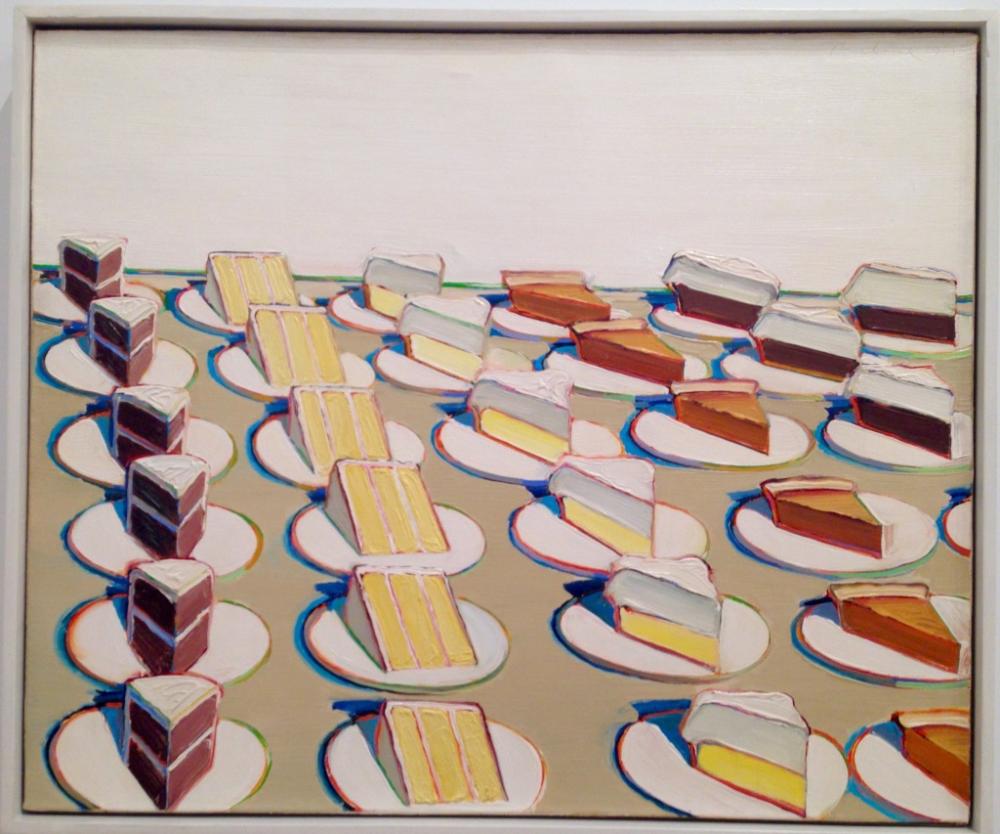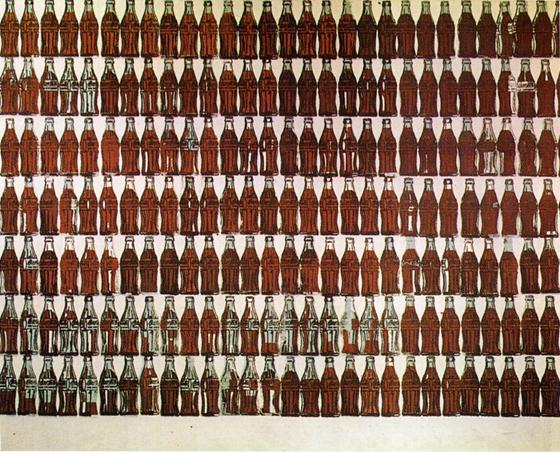What form of balance best characterizes this artwork?
a) This is actually an example of imbalance
b) Radial
c) Asymmetrical
d) Symmetrical
c
Symmetrical balance can be broken down into two subcategories:
absolute symmetry and bilateral symmetry.
a)
true
b) false
a
Is this painting in absolute or bilateral symmetry?
a) absolute
b) this work is actually radial balance
c) bilateral
c
A work in symmetrical balance is more likely to have the
vanishing point...
a) in the center of the work
(frontal recession)
b) NOT in the center of the work (diagonal
recession)
c) It would not have a vanishing point
a
Christ is considered the focal point of this work because
of…
a) Emphasis by Placement
b) Emphasis by
Contrast
c) Emphasis by Isolation
d) Emphasis by Scale
a
Who is the focal point of the artwork below?
a) The princess at the center
b) The painter at the left
c) The painting is afocal
d) The maids in waiting on
either side of the princess
e) The king and queen in the mirror
along the back wall
c
The painting below, while being among your teacher’s
favorites, was never popular by any stretch of the
imagination.
a) True, it was never popular
b)
Are you kidding me? Goya, Dalí and Picasso were just some of the
artists who copied Las Meninas.
b
The focal point is established in the work below
through…
a) Emphasis by scale
b) Emphasis by
isolation
c) Emphasis by placement
d) The work is afocal
e) Emphasis by contrast
b

Which of the following would be the goal of most artists in
creating a composition such as the one below.
a)
Unity with Variety
b) Unity without Variety
c) Variety
without Unity
d) No Unity No Variety
a

Which of the following terms would apply to the composition
below?
a) Linear Perspective
b) Triadic Color
Scheme
c) Abstract Art, Optical Art
d) Unity with Variety,
Repetition and Rhythm
d